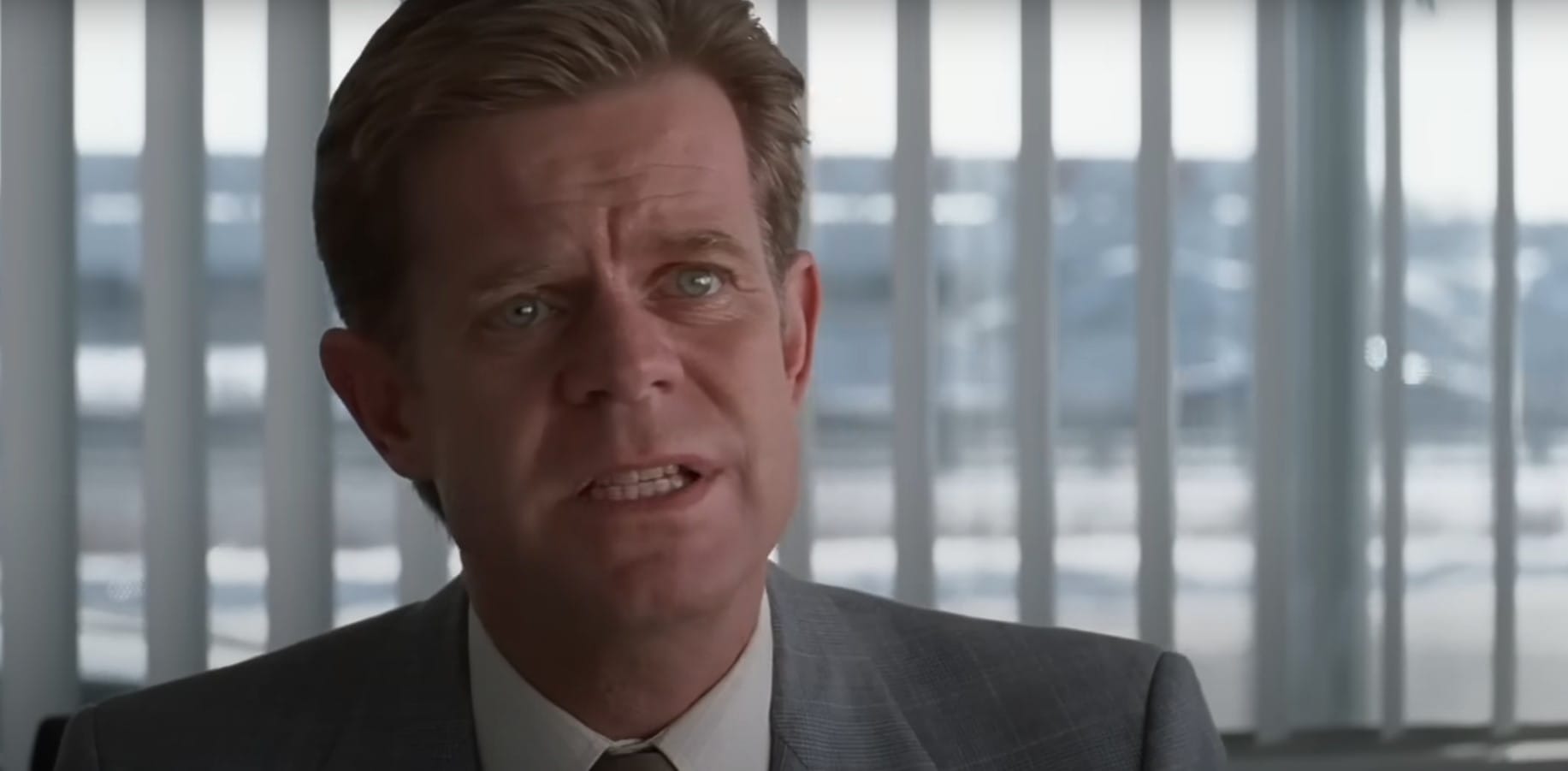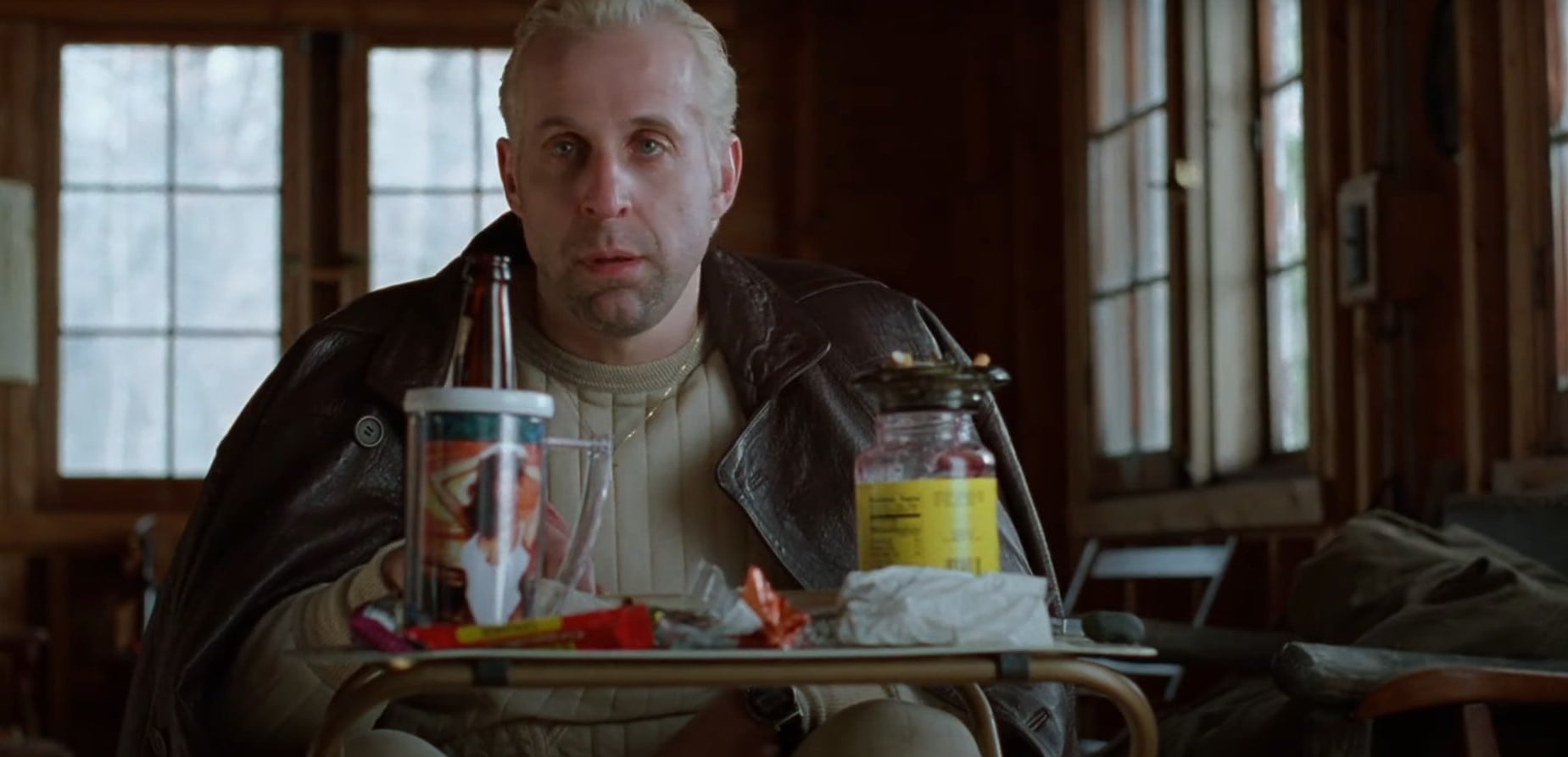When the Coen Brother’s feature film, an Academy Award-winning violent masterpiece that tells a story of deceit, murder and corruption, and its small screen spinoffs are worthy of asking: Is Fargo a true story? Though in the movie claims that this crime drama —which earned Frances McDormand the Oscar for Best Actress in 1996— it is a true story, the story is a work of fiction.
And today, we plan on dissecting several aspects of that story. In Fargo, we see how William H. Macy’s character, Jerry Lundegaard, a car salesman motivated by greed plans the kidnapping of his wife, and what followed was an amazing storytelling in which everything that could’ve gone wrong, went wrong.

Fargo Is A Work Of Fiction
Both the feature film and the acclaimed series are fictional. Still, the movie takes inspiration from stuff that actually happened. Storytellers and scriptwriters oftentimes take the poetic and artistic license to develop adaptations of factual events to make compelling stories that manage to hook the audience, and with Fargo, that is the case.
When asked about the factuality of Fargo, both Ethan and Joel Coen claim that all they wanted was to make a movie of the film noir genre inspired by something real. And if you think of it, you don’t need a real story to make a movie about “real events”. Isaac Asimov, the famous author once wrote that the difference between reality and fiction is that fiction must make sense.
That is the leitmotiv and ethos in Fargo. Sometime in the 1970s, a car salesman was defrauding a car company, and though there were no killings, the Coen Brothers might’ve taken some inspiration from John McNamara or Eugene Thompson, different men, in different regions of the United States who were caught by the authorities: The former for defrauding General Motors, and the latter for hiring someone to kill his wife.
But there is more to it, since true crime is a very popular genre that spawns all sorts of cultural products, the Coen Brothers also took inspiration from the gruesome crime of Helle Crafts in the mid-1980s. One in which a flight stewardess was killed by her husband after he discovered that she had been cheating on him with an airline pilot.
1996’s Fargo
The original film, acclaimed for its cinematography —led by Academy Award-winner cinematographer Roger Deakins, whose work with Martin Scorsese, Denis Villeneuve, Ron Howard, and Sam Mendes is notable— is full of smash cuts, fast-paced scenes, and amazing scenes that put a sense of nervousness, intrigue and violence to the story.
We see how two hired killers brutally murdered a police officer and two teenagers who were driving by in the middle of a winter night, and the police investigation that ensues at the hands of Frances McDormand’s character, who starts to follow a trail that leads to William H. Macy’s character, a greedy man with scorn for his father-in-law and disdain for his wife in an unloving marriage, who decides to simulate the kidnapping of his wife to have his father-in-law provide him with some cash for a business venture.
As it turns out, the kidnappers take the wife, but kill her in the process, the father-in-law pays the ransom, but ends up getting shot, and the kidnappers, who were in cahoots have a falling out after one of them wants a larger cut of the pay.
All the while, the pressure and heat eventually lead to William H. Macy’s character, who ends up having his life destroyed, a pile of corpses behind him, and flees, eventually arrested in a motel after the police investigation finds him as the intellectual author of the string of murders.
Woodchipper
The famous woodchipper scene, in which we see Peter Stormare’s character chop up Steve Buscemi after an argument about the botched kidnapping and discussion results in Stormare killing Buscemi’s character, quartering him, and then putting him in a woodchipper in the middle of the snow as he sings a tune and smokes a cigarette. That’s when Frances McDormand’s character, who’s investigating a series of murders related to the crime and the fraudulent car sales stumbles upon the gory crime scene and tries to arrest him. Well, all that takes inspiration from those Helle Crafts events.

The TV Series
Just as the movie that inspired the acclaimed TV series is a work of fiction that takes pieces of real crimes to weave a story, the same is true for the seasons of the popular show that’s now on its fifth season with Noah Hawley as its showrunner and has featured a star-studded cast of the likes of Billy Bob Thornton, Martin Freeman, Allison Tolman, Ted Danson, Jesse Plemons, Ewan McGregor, Chris Rock, Kirsten Dunst and Carrie Coon among others, and that in its current season features Jason Hamm, Jennifer Jason Leigh, Dave Foley and Juno Temple.
All in all, Fargo might be a work of fiction that claims to be real, but it is a very entertaining, brutally violent, and incredibly attractive story that’s managed to become an iconic masterpiece of cinematography and that’s paved the way for several seasons of an equally great television series.





